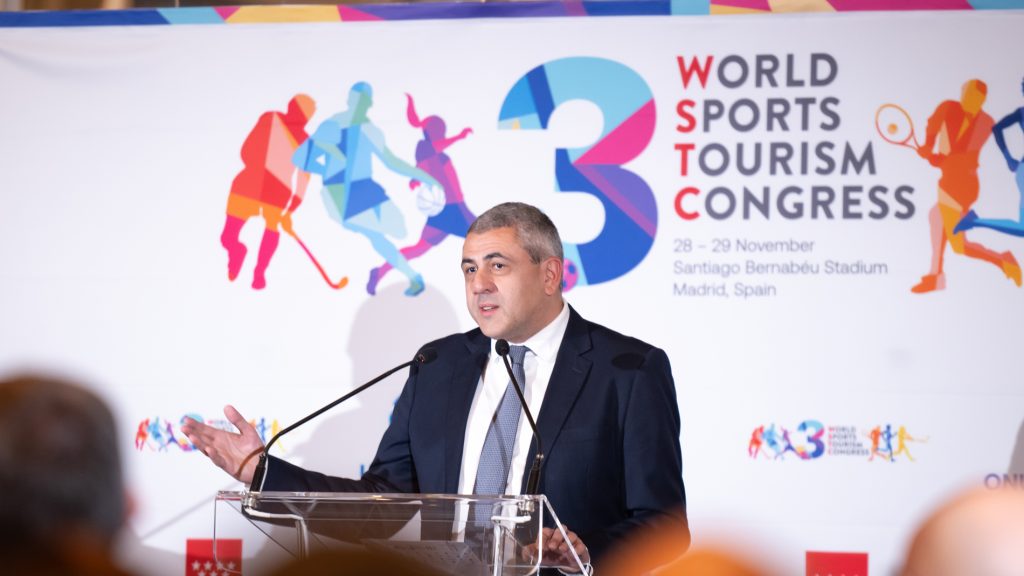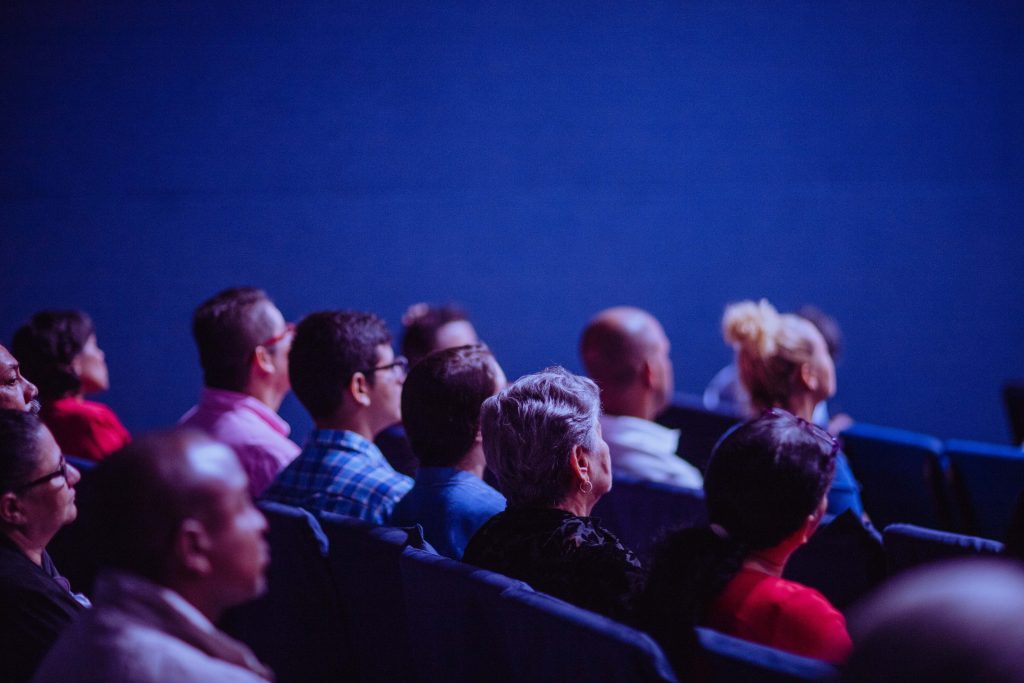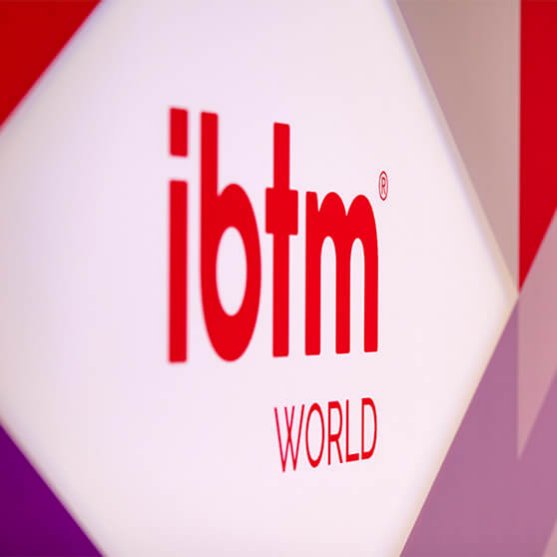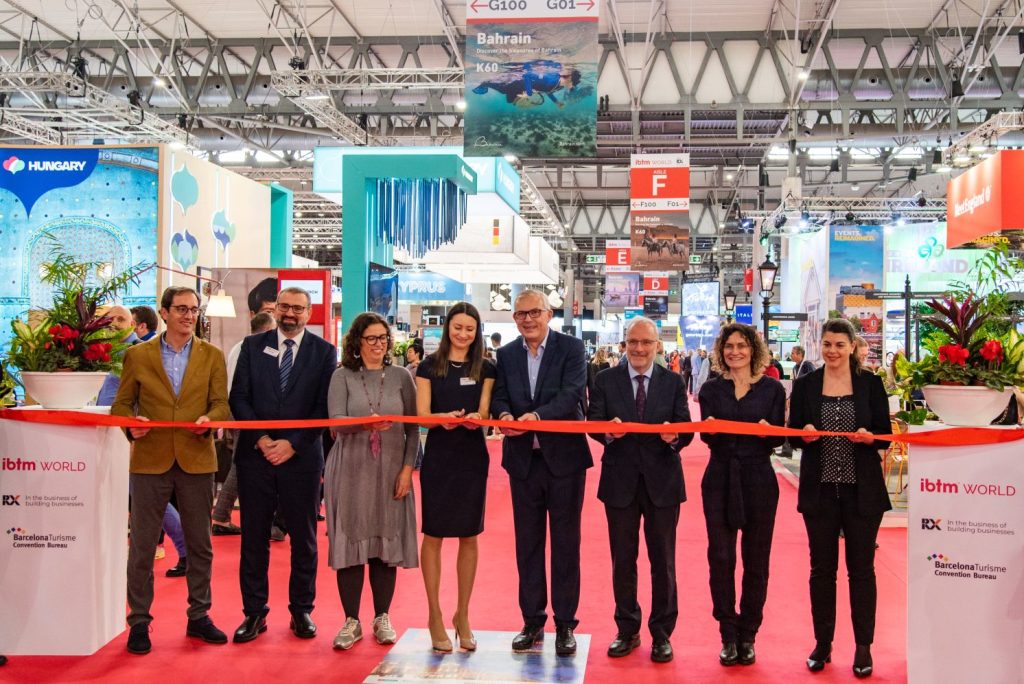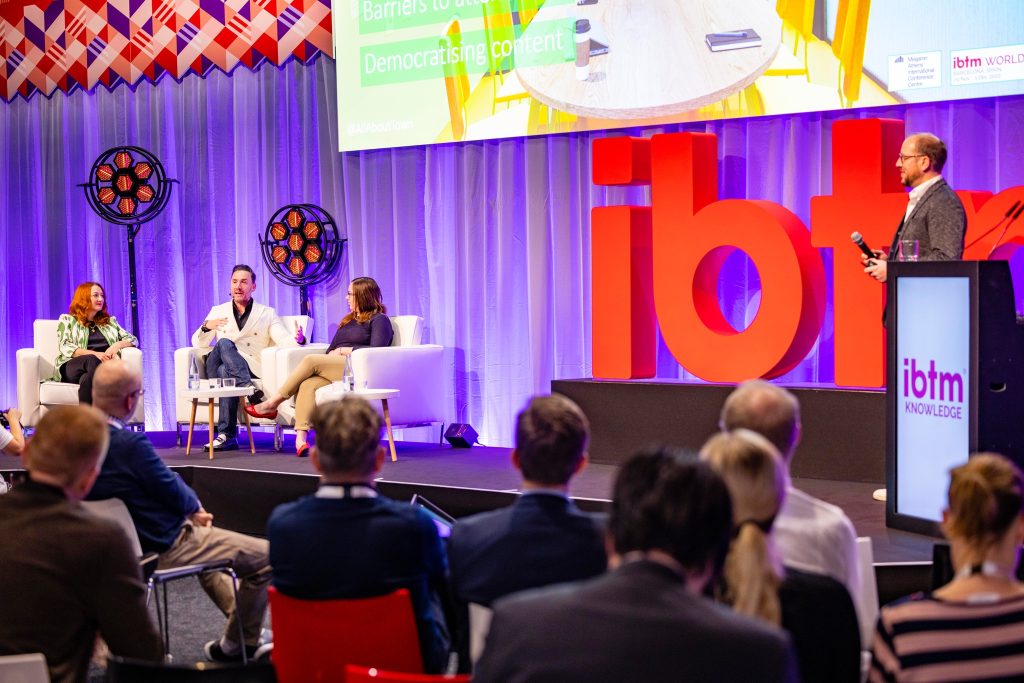Black Lemon, a clear example of brand experience and content generation
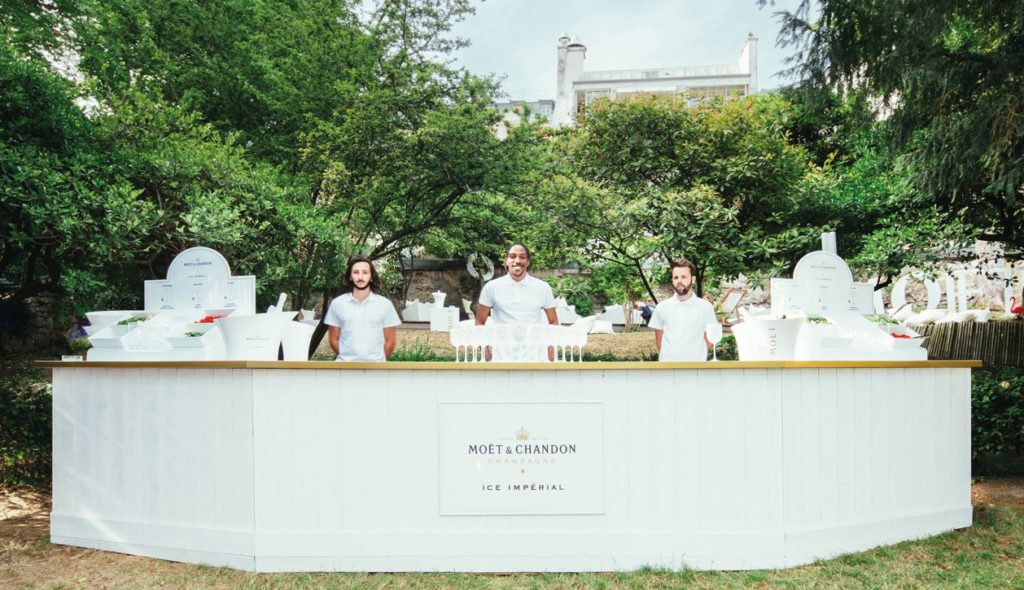
Share news
Listen
With the objective of renovating the Moët & Chandon proposal and enhancing its brand position towards millenials (in short, to rejuvenate the brand), Black Lemon created in 2017 an ephemeral experiential space dedicated to taste three different types of Champagne. The result was “la maison Moët & Chandon”, open for a week to the public, who could enjoy interactive experiences, creative contents and tasting rituals.
“Moët has come up with the concept of Now as the basis to enjoy their drinks and we had to send that message. What was the problem? Millenials are very volatile and hardly compromised so betting everything on a single short event was risky. What they did was creating a format that gave the public much more time to enjoy the event”.
This way, a platform where many events and animations were organised in collaboration with the brands associated with the event (collaborations and cobrandings – another key to success these days) was created.
Pierre-Olivier Guiraud explains to us that there is a big change in how his role is seen in the agency: “We are far from coordinating resources (like before): we are becoming more and more an agency of content creation. Our visión is that we have to position ourselves in the middle of marketing campaigns. Before, brands would organise a campaign and then créate an event to celebrate, close or open this campaign. Now our events are an engine that generates contents to be shared on social networks and more, before and after the event. For example, for YSL we have placed 30 influencers in Los Angeles during three days of content generation thanks to a team of 12 people who generated interviews, videos, photos… We were able to generate 350 different pieces of content that the brand can use for its communication mix and that reached 700 million people”.
As an agency, we don’t do product launches any more, we create shows that allow us to generate content. In fact, in events everything has to be planned now taking into account lighting, live effects… so that everybody can take great pictures and videos to share”.
The objective of events has also changed: Diffusion becomes in many cases the main goal of the event, when the public attending it was the target before. “Events were thought so that as many people as posible could participate. Now, we are much more selective, we look for good content generators and sharers more than the number of attendees”.
Another example: “With Smart we have conceived an entire programme of events to generate content, like meetings with startups related to urban life and mobility (for instance a startup that creates skate boards with recycled plastic), conferences or creative breakfasts. We had five people there at the time generating content for social networks. The idea was to convey a vision of tomorrow’s cities”.
The final result of all this is a highly strategic role: “For La Maison Moët, we have integrated in the brand’s communication and marketing teams. We have a much more central role in the campaign conceptualisation”, he says.
So, are professional profiles changing? Yes, we are increasingly integrating the figure of strategic planner, who used to be someone from an advertising agency but not from events. We are also integrating with more frequency figures like content experts and journalists…


